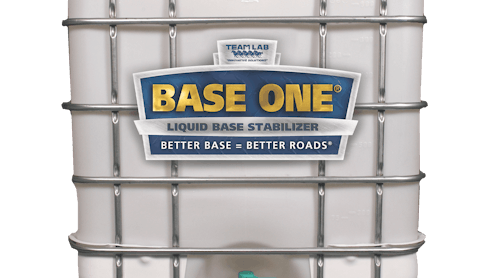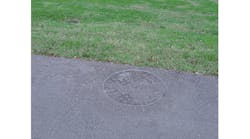The recent wet weather has exacerbated pothole problems in the Bay Area of California, and governments are using makeshift patches as a temporary solution but the University of California (UC) Pavement Research Center is eyeing a permanent fix.
The state legislature established the lab 70 years ago at UC Berkeley's Richmond Field Station as California was looking to vastly expand its network of roadways. A sister lab now exists at UC Davis and the high technology labs have advanced with the times and technologies to revolutionize roadways.
There are various kinds of rocks and other materials that go into asphalt and concrete roadways. The binder, or the glue that holds the chemicals together are either thick oil tar or cement. In addition to the specific materials that are used, how the pavement is laid out can extend its life by double.
So whether they are materials that the lab builds custom to test or something they cut directly out of a highway, they materials are tested to determine how they will "wear" if they are deployed.
Researchers use varying punishing tests such as advanced accelerated aging techniques, where road materials are repeatedly run over by steel wheels. The results show how well or poorly the materials will respond.
UC's pavement labs helped develop a technique where the deteriorated material are reground down to the rocks and set to rebind it without having to be removed from a roadway, meaning there is no expensive hauling away of the old road.
Eventually, researchers envision roads that will be able to be recycled in place forever, and that this process can reduce a yearlong job to two or three weeks.










